3. Santos A, Humayun MS, de Juan E Jr, Greenburg RJ, Marsh MJ, Klock IB, Milam AH. 1997; Preservation of the inner retina in retinitis pigmentosa. A morphometric analysis. Arch Ophthalmol. 115:511–515. DOI:
10.1001/archopht.1997.01100150513011. PMID:
9109761.

4. Ayton LN, Barnes N, Dagnelie G, Fujikado T, Goetz G, Hornig R, Jones BW, Muqit MMK, Rathbun DL, Stingl K, Weiland JD, Petoe MA. 2020; An update on retinal prostheses. Clin Neurophysiol. 131:1383–1398. DOI:
10.1016/j.clinph.2019.11.029. PMID:
31866339. PMCID:
PMC7198351.

5. Grosberg LE, Ganesan K, Goetz GA, Madugula SS, Bhaskhar N, Fan V, Li P, Hottowy P, Dabrowski W, Sher A, Litke AM, Mitra S, Chichilnisky EJ. 2017; Activation of ganglion cells and axon bundles using epiretinal electrical stimulation. J Neurophysiol. 118:1457–1471. DOI:
10.1152/jn.00750.2016. PMID:
28566464. PMCID:
PMC5596129.

7. Ahn J, Jeong Y, Cha S, Lee JY, Yoo Y, Goo YS. 2023; High amplitude pulses on the same charge condition efficiently elicit bipolar cell-mediated retinal ganglion cell responses in the degenerate retina. Biomed Eng Lett. 13:129–140. DOI:
10.1007/s13534-023-00260-4. PMID:
37124107.

9. Stutzki H, Helmhold F, Eickenscheidt M, Zeck G. 2016; Subretinal electrical stimulation reveals intact network activity in the blind mouse retina. J Neurophysiol. 116:1684–1693. DOI:
10.1152/jn.01095.2015. PMID:
27486110. PMCID:
PMC5144714.

10. Margolis DJ, Newkirk G, Euler T, Detwiler PB. 2008; Functional stability of retinal ganglion cells after degeneration-induced changes in synaptic input. J Neurosci. 28:6526–6536. DOI:
10.1523/JNEUROSCI.1533-08.2008. PMID:
18562624. PMCID:
PMC3050548.

11. Baden T, Berens P, Franke K, Román Rosón M, Bethge M, Euler T. 2016; The functional diversity of retinal ganglion cells in the mouse. Nature. 529:345–350. DOI:
10.1038/nature16468. PMID:
26735013. PMCID:
PMC4724341.

14. Goo YS, Ye JH, Lee S, Nam Y, Ryu SB, Kim KH. 2011; Retinal ganglion cell responses to voltage and current stimulation in wild-type and rd1 mouse retinas. J Neural Eng. 8:035003. DOI:
10.1088/1741-2560/8/3/035003. PMID:
21593549.
15. Jensen RJ, Rizzo JF 3rd. 2008; Activation of retinal ganglion cells in wild-type and rd1 mice through electrical stimulation of the retinal neural network. Vision Res. 48:1562–1568. DOI:
10.1016/j.visres.2008.04.016. PMID:
18555890.

16. Kalloniatis M, Nivison-Smith L, Chua J, Acosta ML, Fletcher EL. 2016; Using the rd1 mouse to understand functional and anatomical retinal remodelling and treatment implications in retinitis pigmentosa: a review. Exp Eye Res. 150:106–121. DOI:
10.1016/j.exer.2015.10.019. PMID:
26521764.

17. Haq W, Dietter J, Zrenner E. 2018; Electrical activation of degenerated photoreceptors in blind mouse retina elicited network-mediated responses in different types of ganglion cells. Sci Rep. 8:16998. DOI:
10.1038/s41598-018-35296-5. PMID:
30451928. PMCID:
PMC6243018.

18. Stett A, Barth W, Weiss S, Haemmerle H, Zrenner E. 2000; Electrical multisite stimulation of the isolated chicken retina. Vision Res. 40:1785–1795. DOI:
10.1016/S0042-6989(00)00005-5. PMID:
10814763.

19. Lewicki MS. 1998; A review of methods for spike sorting: the detection and classification of neural action potentials. Network. 9:R53–78. DOI:
10.1088/0954-898X_9_4_001. PMID:
10221571.

20. Butterwick A, Vankov A, Huie P, Freyvert Y, Palanker D. 2007; Tissue damage by pulsed electrical stimulation. IEEE Trans Biomed Eng. 54:2261–2267. DOI:
10.1109/TBME.2007.908310. PMID:
18075042.

21. Ahn KN, Ahn JY, Kim JH, Cho K, Koo KI, Senok SS, Goo YS. 2015; Effect of stimulus waveform of biphasic current pulse on retinal ganglion cell responses in retinal degeneration (rd1) mice. Korean J Physiol Pharmacol. 19:167–175. DOI:
10.4196/kjpp.2015.19.2.167. PMID:
25729279. PMCID:
PMC4342737.

23. Liao X, Walters ET. 2002; The use of elevated divalent cation solutions to isolate monosynaptic components of sensorimotor connections in Aplysia. J Neurosci Methods. 120:45–54. DOI:
10.1016/S0165-0270(02)00189-9. PMID:
12351206.

24. Boinagrov D, Pangratz-Fuehrer S, Goetz G, Palanker D. 2014; Selectivity of direct and network-mediated stimulation of the retinal ganglion cells with epi-, sub- and intraretinal electrodes. J Neural Eng. 11:026008. DOI:
10.1088/1741-2560/11/2/026008. PMID:
24608166. PMCID:
PMC4082997.

25. Ahn J, Choi MH, Kim K, Senok SS, Cho DD, Koo KI, Goo Y. 2017; The advantage of topographic prominence-adopted filter for the detection of short-latency spikes of retinal ganglion cells. Korean J Physiol Pharmacol. 21:555–563. DOI:
10.4196/kjpp.2017.21.5.555. PMID:
28883759. PMCID:
PMC5587605.

26. Chakravarthy K, Fishman MA, Zuidema X, Hunter CW, Levy R. 2019; Mechanism of action in burst spinal cord stimulation: review and recent advances. Pain Med. 20(Suppl 1):S13–S22. DOI:
10.1093/pm/pnz073. PMID:
31152180. PMCID:
PMC6544550.

27. Weitz AC, Nanduri D, Behrend MR, Gonzalez-Calle A, Greenberg RJ, Humayun MS, Chow RH, Weiland JD. 2015; Improving the spatial resolution of epiretinal implants by increasing stimulus pulse duration. Sci Transl Med. 7:318ra203. DOI:
10.1126/scitranslmed.aac4877. PMID:
26676610. PMCID:
PMC4698804.

29. Merrill DR, Bikson M, Jefferys JG. 2005; Electrical stimulation of excitable tissue: design of efficacious and safe protocols. J Neurosci Methods. 141:171–198. DOI:
10.1016/j.jneumeth.2004.10.020. PMID:
15661300.

30. Sekirnjak C, Hottowy P, Sher A, Dabrowski W, Litke AM, Chichilnisky EJ. 2006; Electrical stimulation of mammalian retinal ganglion cells with multielectrode arrays. J Neurophysiol. 95:3311–3327. DOI:
10.1152/jn.01168.2005. PMID:
16436479.

31. Im M, Werginz P, Fried SI. 2018; Electric stimulus duration alters network-mediated responses depending on retinal ganglion cell type. J Neural Eng. 15:036010. DOI:
10.1088/1741-2552/aaadc1. PMID:
29415876. PMCID:
PMC5927815.

32. Lee SW, Eddington DK, Fried SI. 2013; Responses to pulsatile subretinal electric stimulation: effects of amplitude and duration. J Neurophysiol. 109:1954–1968. DOI:
10.1152/jn.00293.2012. PMID:
23343891. PMCID:
PMC3628003.

33. Chenais NAL, Airaghi Leccardi MJI, Ghezzi D. 2021; Naturalistic spatiotemporal modulation of epiretinal stimulation increases the response persistence of retinal ganglion cell. J Neural Eng. 18:016016. DOI:
10.1088/1741-2552/abcd6f. PMID:
33232947.

35. Jensen RJ, Rizzo JF 3rd. 2007; Responses of ganglion cells to repetitive electrical stimulation of the retina. J Neural Eng. 4:S1–6. DOI:
10.1088/1741-2560/4/1/S01. PMID:
17325407.

36. Habib AG, Cameron MA, Suaning GJ, Lovell NH, Morley JW. 2013; Spatially restricted electrical activation of retinal ganglion cells in the rabbit retina by hexapolar electrode return configuration. J Neural Eng. 10:036013. DOI:
10.1088/1741-2560/10/3/036013. PMID:
23612906.

37. Tong W, Stamp M, Apollo NV, Ganesan K, Meffin H, Prawer S, Garrett DJ, Ibbotson MR. 2019; Improved visual acuity using a retinal implant and an optimized stimulation strategy. J Neural Eng. 17:016018. DOI:
10.1088/1741-2552/ab5299. PMID:
31665704.

38. Abramian M, Lovell NH, Habib A, Morley JW, Suaning GJ, Dokos S. 2014; Quasi-monopolar electrical stimulation of the retina: a computational modelling study. J Neural Eng. 11:025002. DOI:
10.1088/1741-2560/11/2/025002. PMID:
24556561.

39. Choi KE, Cha S, Yun C, Ahn J, Hwang S, Kim YJ, Jung H, Eom H, Shin D, Oh J, Goo YS, Kim SW. 2023; Outer retinal degeneration in a non-human primate model using temporary intravitreal tamponade with N-methyl-N-nitrosourea in cynomolgus monkeys. J Neural Eng. 20:015001. DOI:
10.1088/1741-2552/acb085. PMID:
36603218.





 PDF
PDF Citation
Citation Print
Print


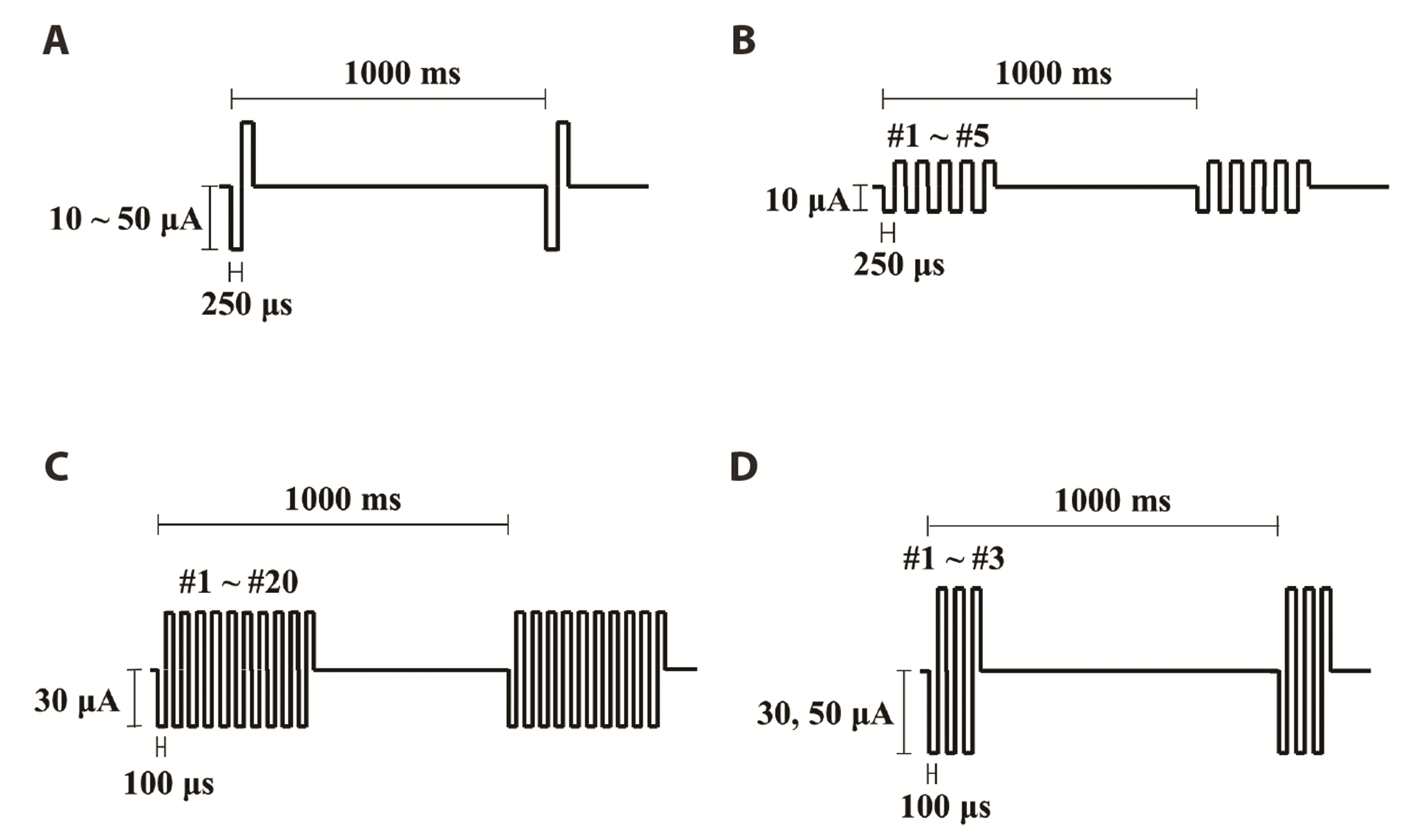
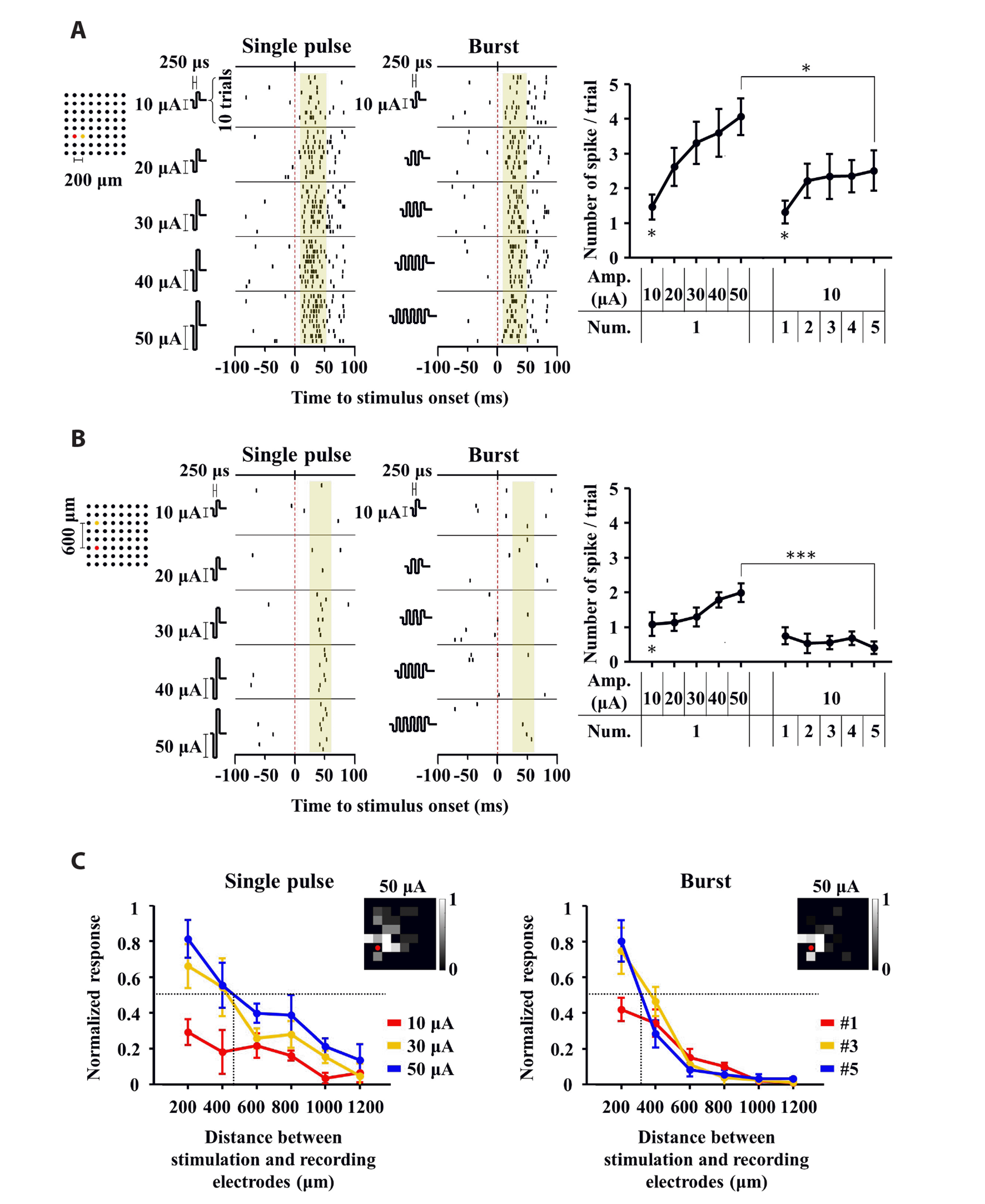
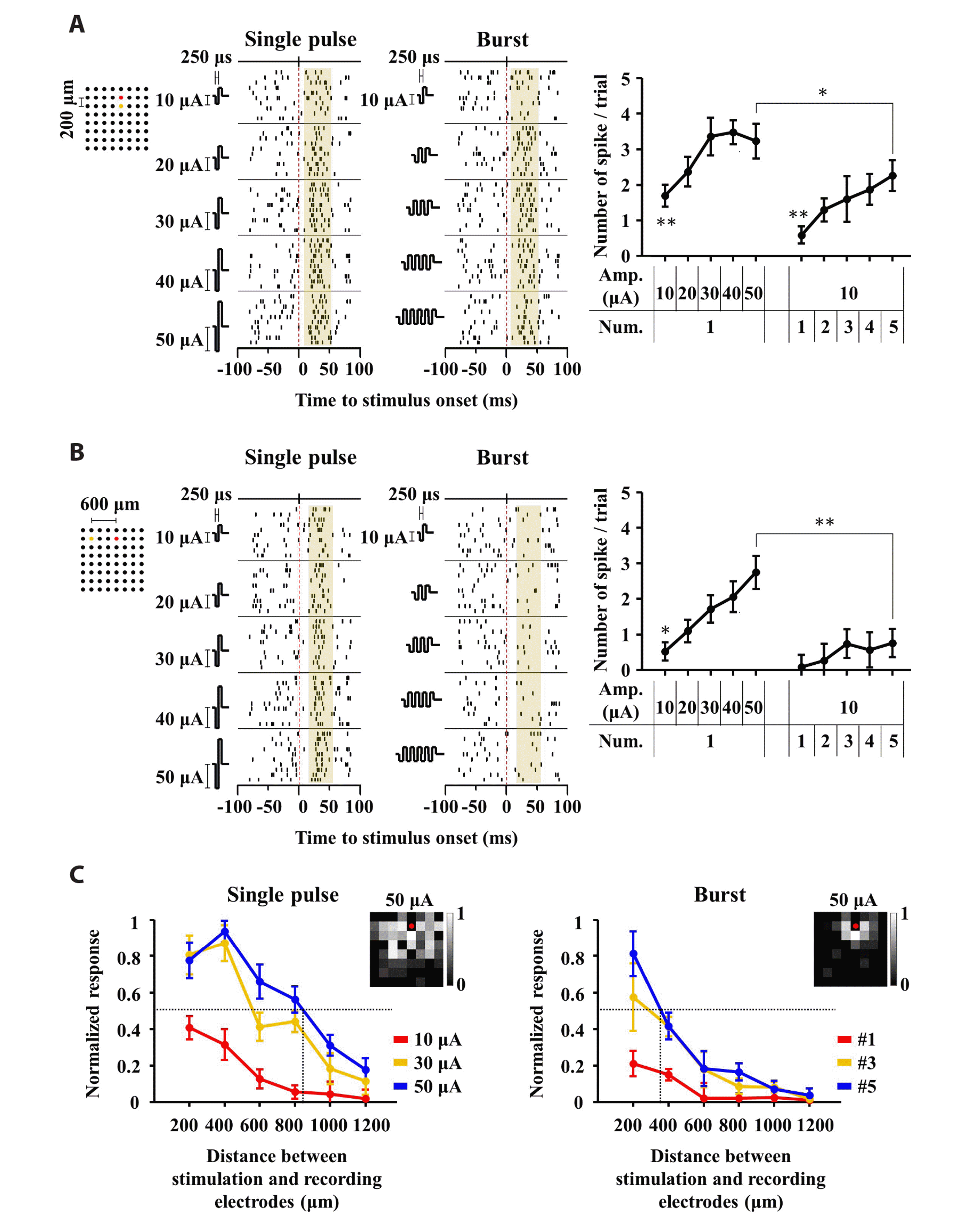
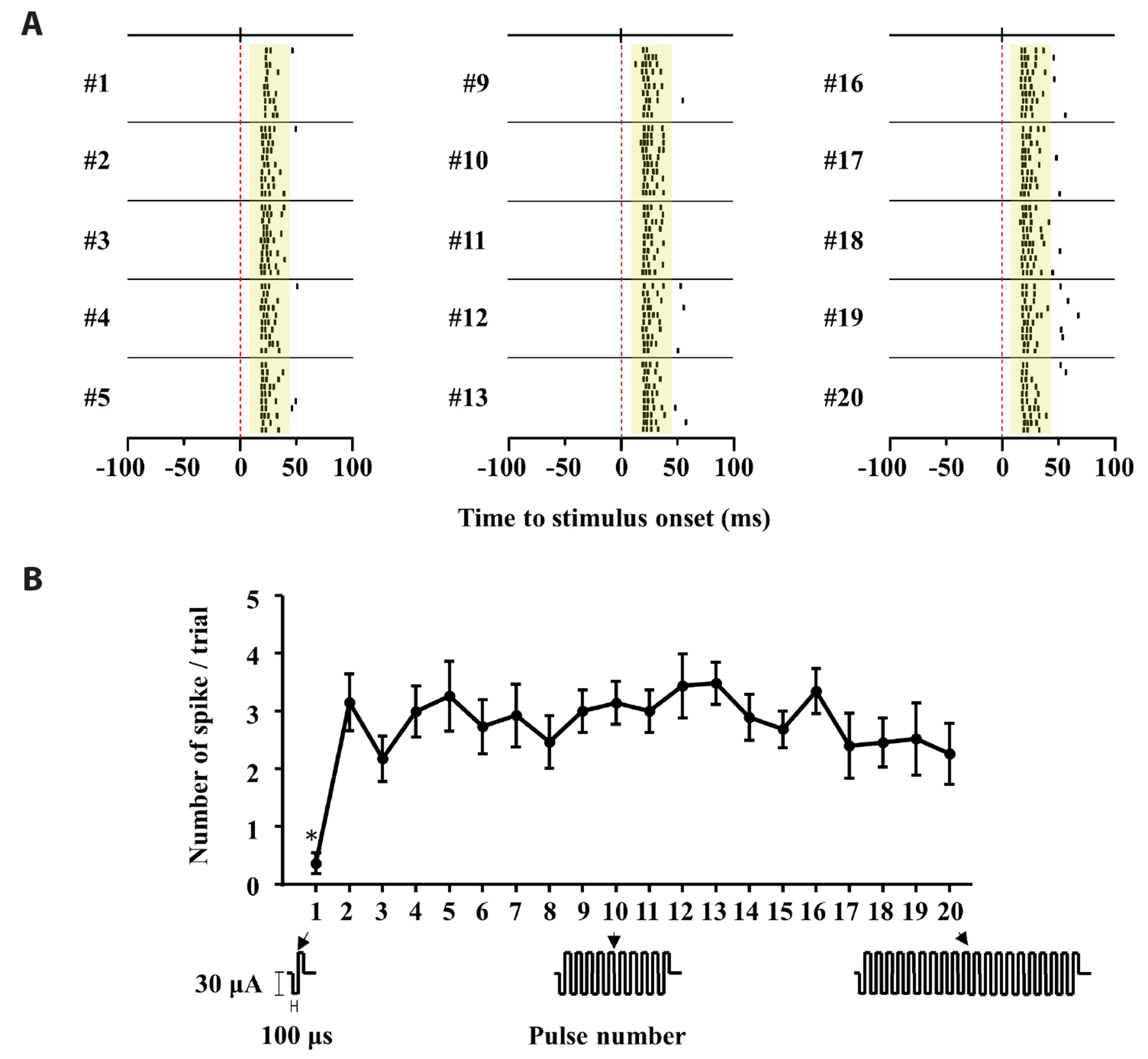
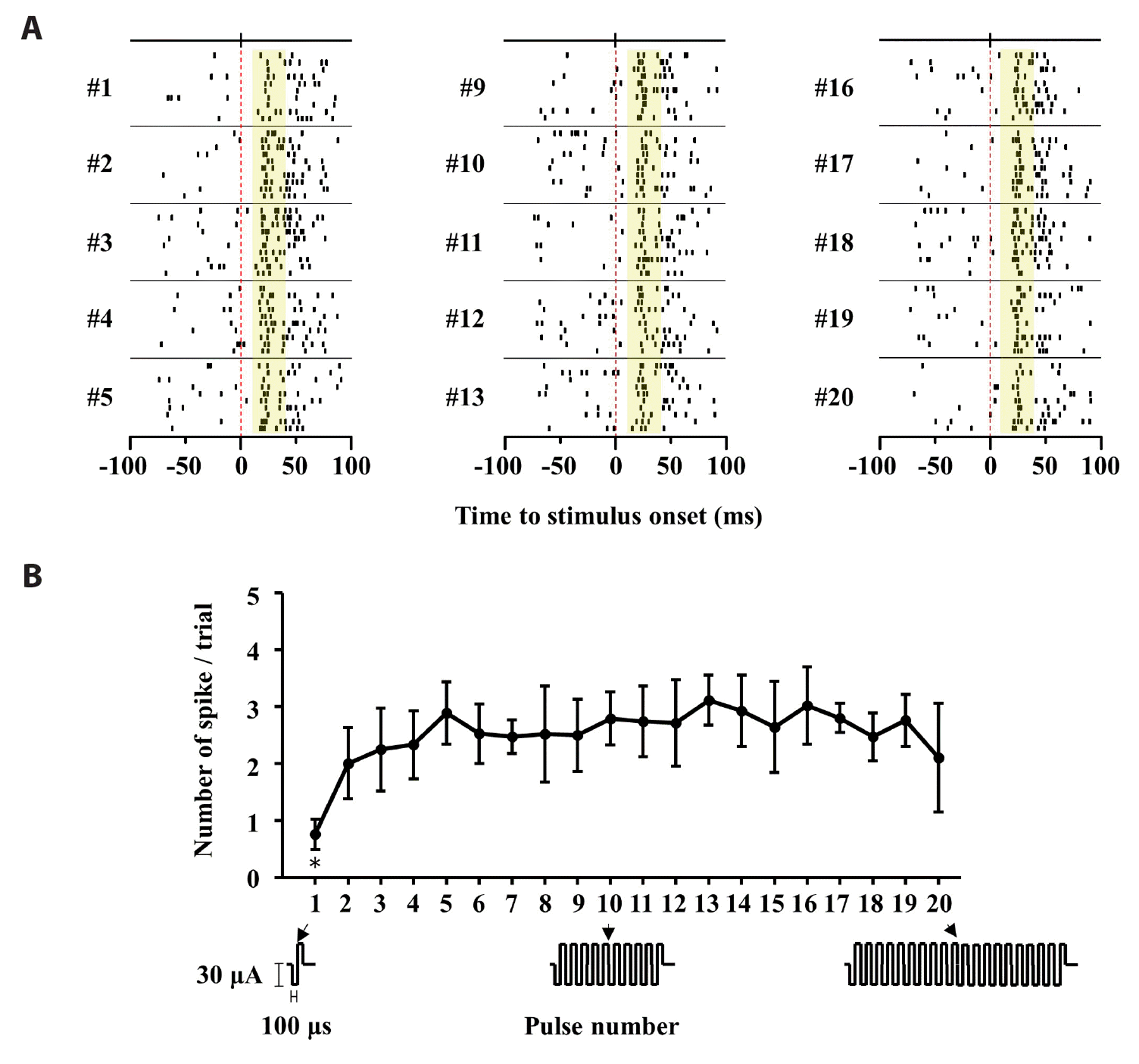
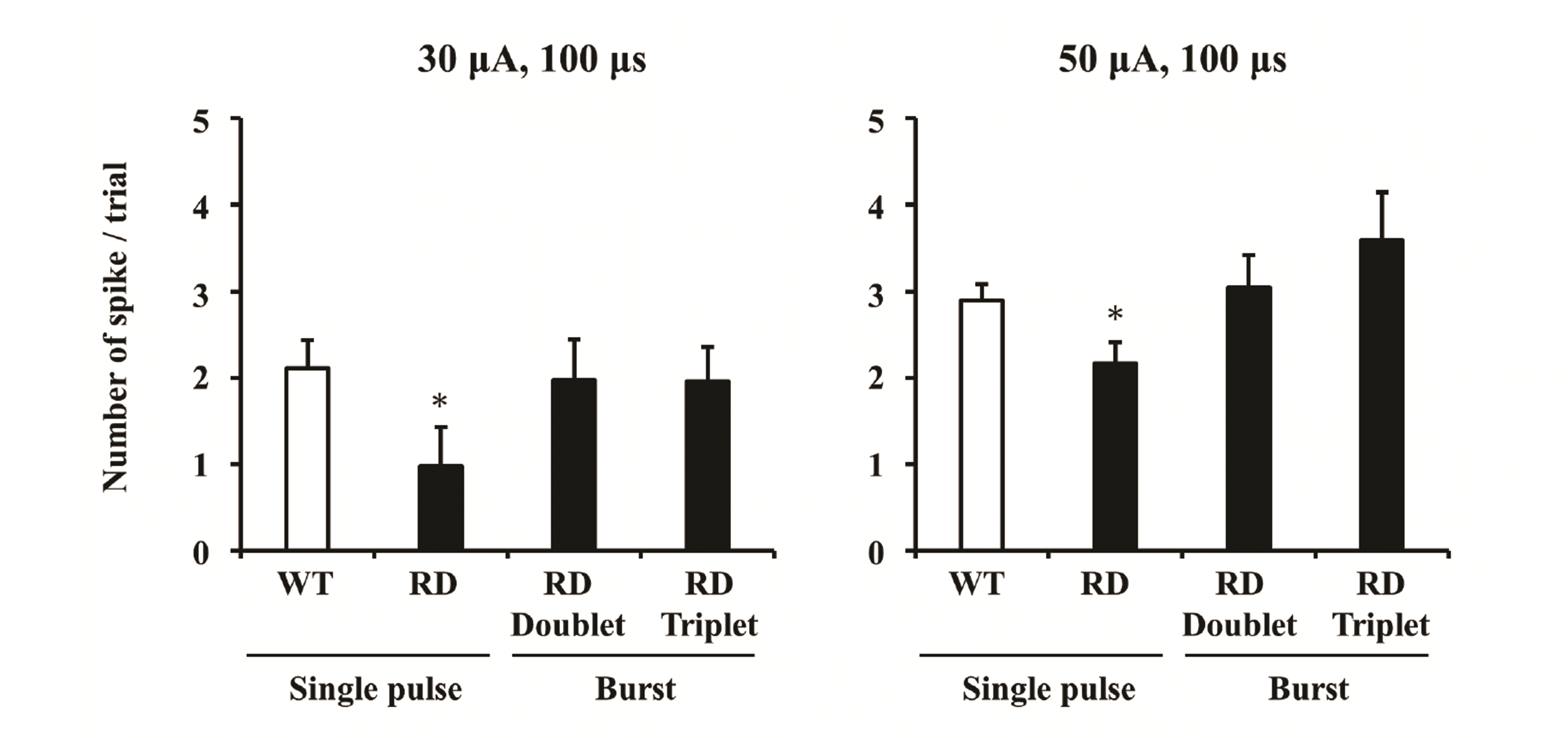
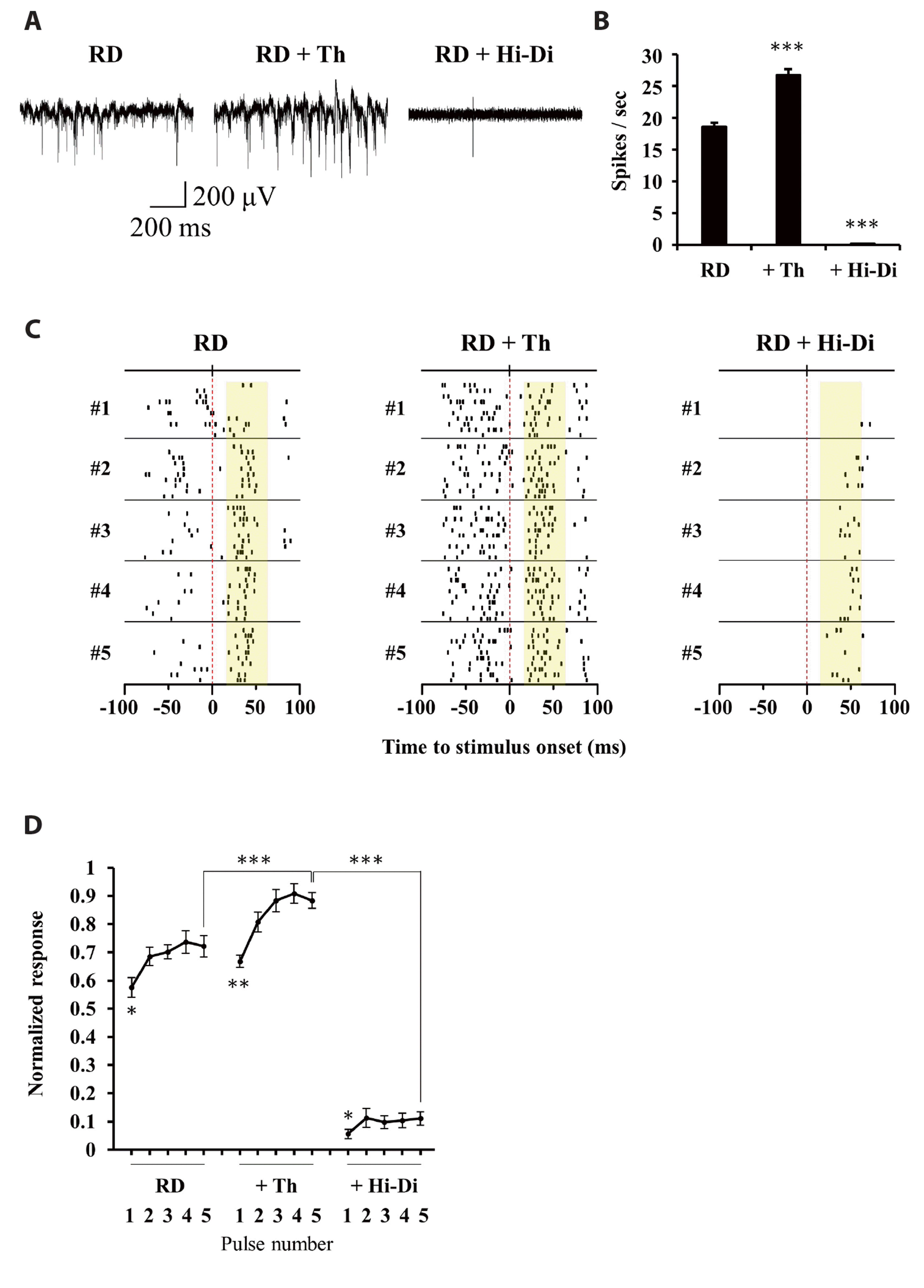
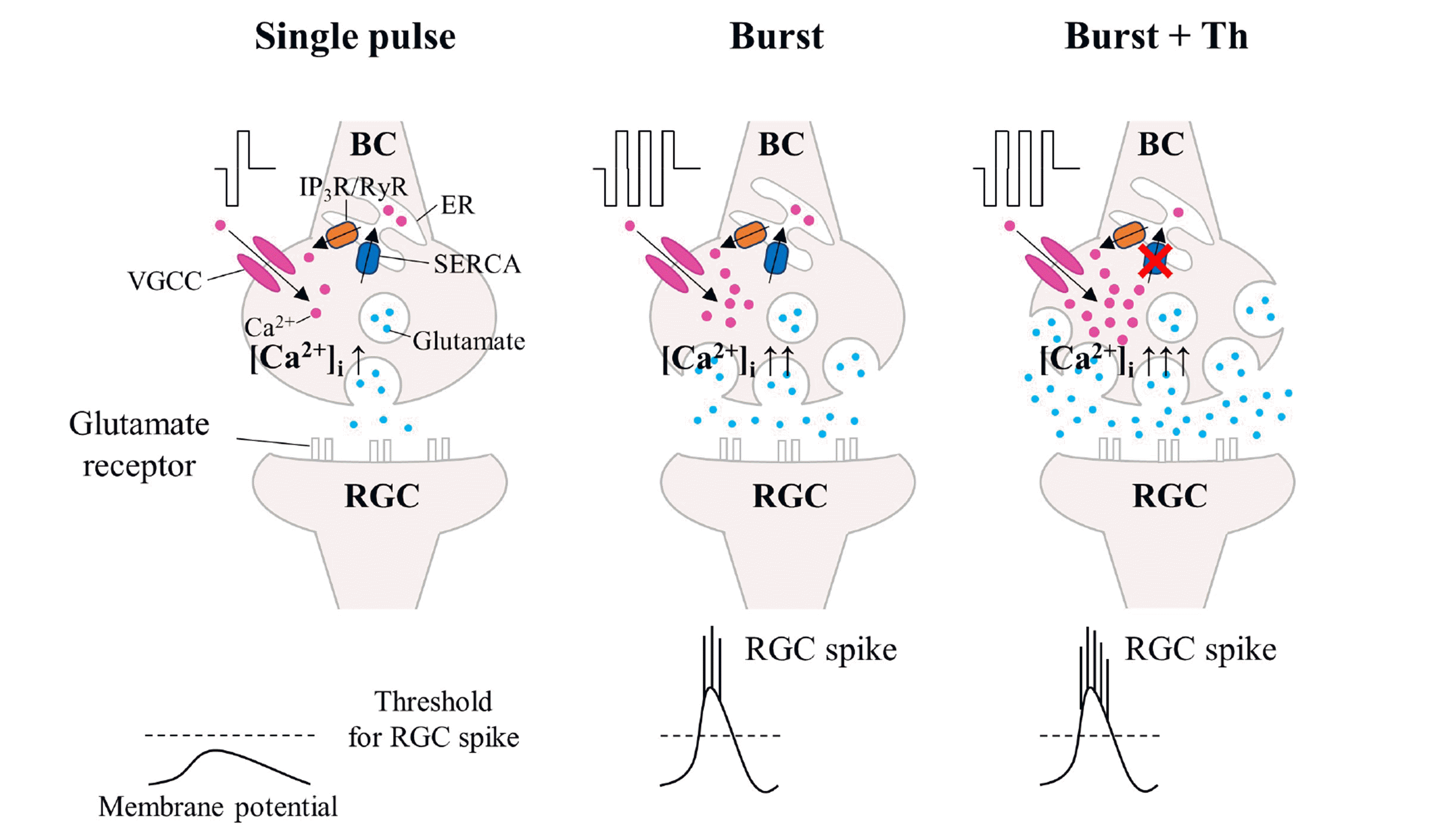
 XML Download
XML Download